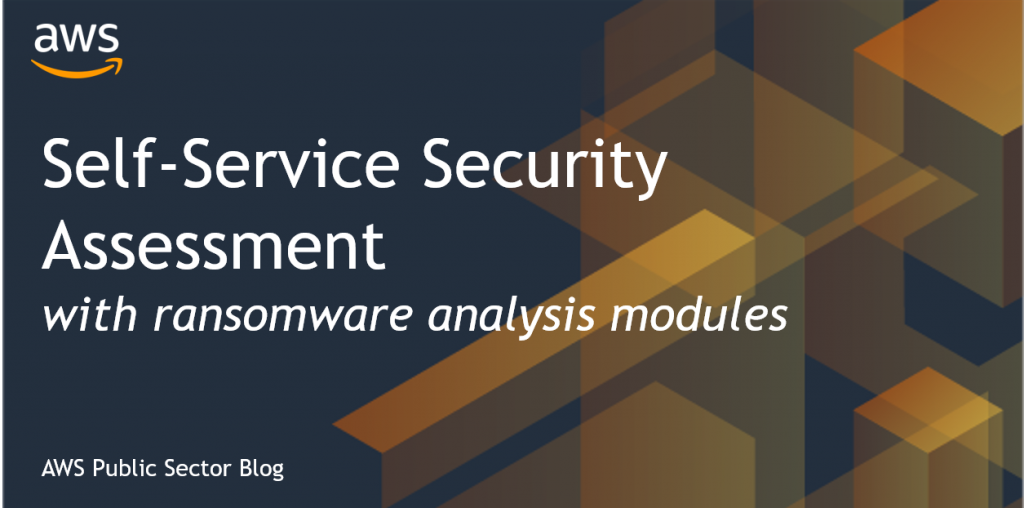AWS Public Sector Blog
Tag: Amazon GuardDuty
BrainGuide uses cloud technology to empower people with knowledge and resources for brain health
Alzheimer’s, a progressive brain disease that gradually deteriorates memories and thinking skills, is one of the leading causes of death in the United States, according to nonprofit UsAgainstAlzheimer’s (UsA2). To help address the immense need for brain health information and insights, UsA2 recently launched BrainGuide working with AWS and Biogen. BrainGuide is a first-of-its-kind platform that empowers people with knowledge and resources to take the best next steps in managing their own or a loved one’s brain health.
Ellucian and Troy University: Automating processes for greater efficiency and innovation
Now, students have an even higher expectation for seamless digital experiences to register for classes, apply for financial aid, and access social services right from their phones—anywhere, anytime. As institutions scrambled to fulfill student demand and convert workflows to digital, COVID-19 made administrators aware of the need to create flexibility, help staff work as efficiently as possible, and overhaul processes. Read on to learn how Troy University used AWS Partner Ellucian Workflow to digitize important protocols and improve service to students and prospective students while reducing manual errors.
Using digital games to teach civics
iCivics is the education nonprofit that US Supreme Court Justice Sandra Day O’Connor founded in 2009 to transform civic education and rebuild civic strength through digital games and lesson plans. It is the country’s largest provider of civic education content and is currently used by more than 120,500 educators and 7.6 million students annually. All of its games are free, nonpartisan, and available at www.icivics.org. Through their use of Amazon Aurora, Amazon ElastiCache, Amazon CloudFront, and AWS CodeDeploy—and AWS security automation tools including AWS Security Hub, Amazon Inspector, and Amazon GuardDuty—iCivics has been able to scale and increase student engagement.
Modern data engineering in higher ed: Doing DataOps atop a data lake on AWS
Modern data engineering covers several key components of building a modern data lake. Most databases and data warehouses, to an extent, do not lend themselves well to a DevOps model. DataOps grew out of frustrations trying to build a scalable, reusable data pipeline in an automated fashion. DataOps was founded on applying DevOps principles on top of data lakes to help build automated solutions in a more agile manner. With DataOps, users apply principles of data processing on the data lake to curate and collect the transformed data for downstream processing. One reason that DevOps was hard on databases was because testing was hard to automate on such systems. At California State University Chancellors Office (CSUCO), we took a different approach by residing most of our logic with a programming framework that allows us to build a testable platform. Learn how to apply DataOps in ten steps.
Building your Cybersecurity Maturity Model Certification (CMMC) strategy using cloud technologies
The U.S. Department of Defense (DoD) released an interim rule, the Defense Federal Acquisition Regulation Supplement: Assessing Contractor Implementation of Cybersecurity Requirements (DFARS Case 2019–D041), which includes NIST SP 800-171 and Cybersecurity Maturity Model Certification (CMMC) assessment methodology and requirements. Organizations have been planning for CMMC, and with the release of this interim rule, are now beginning to prepare and build strategy for CMMC compliance. Learn how you can build your CMMC strategy using cloud technologies.
How public sector security teams can use serverless technologies to improve outcomes
Serverless applications are typically discreet pieces of code that customers can use to manage security-related processes or stitch together multiple AWS services to solve a larger problem. They allow customers to build and run applications and services without dealing with infrastructure management tasks such as server or cluster provisioning, patching, operating system maintenance, and capacity provisioning. In this blog, I explain the serverless computing model, the Serverless Application Repository (SAR), solution constructs and implementations, why they matter to our government customers, and how they can use them to solve common problems.
How nonprofit civic organizations use the cloud to meet registration demand and modernize voter education
Tuesday, September 22, 2020 is National Voter Registration Day, a nonpartisan civic holiday in the United States celebrating democracy with a mission to create broad awareness of registration opportunities for voters. Learn how nonprofit civic organizations use the cloud to meet their mission in a secure, scalable, and cost-effective way on National Voter Registration Day and throughout the election cycle.
Assess your security posture to identify and remediate security gaps susceptible to ransomware
As government agencies and public sector organizations modernize their IT and migrate to the AWS Cloud, the ability to gain a full, clear view of the security of their environments is a primary challenge they experience. This lack of visibility leads to blind spots and gaps in their security posture, leaving opportunity for security issues to arise. As a result, AWS developed a new open source Self-Service Security Assessment (with ransomware analysis modules) tool that provides customers with a point-in-time assessment to quickly gain valuable insights into the security posture of their AWS account.
Three ways Health and Human Services agencies benefit from the cloud
Health and human services (HHS) agencies are in the midst of dramatic change, with ever-growing transaction volumes and increasing demand for new services and visibility into data. Looking for new ways to manage constituent demands, the agencies are turning to the cloud to run mission-critical applications that administer healthcare and social benefits programs for millions of beneficiaries, resulting improved system agility, security, and costs.
Gamifying math education: How Prodigy uses AWS to scale and process 20 million questions daily
Prodigy Game (Prodigy) has a mission to help every child in the world love learning and make education freely available to students globally. Prodigy’s math game – geared toward learners in the first to eighth grade – allows students to hone their math skills with questions delivered according to their individual needs. As their user base grew, so did the strain on their ability to handle the increasing demands. They turned to AWS.









